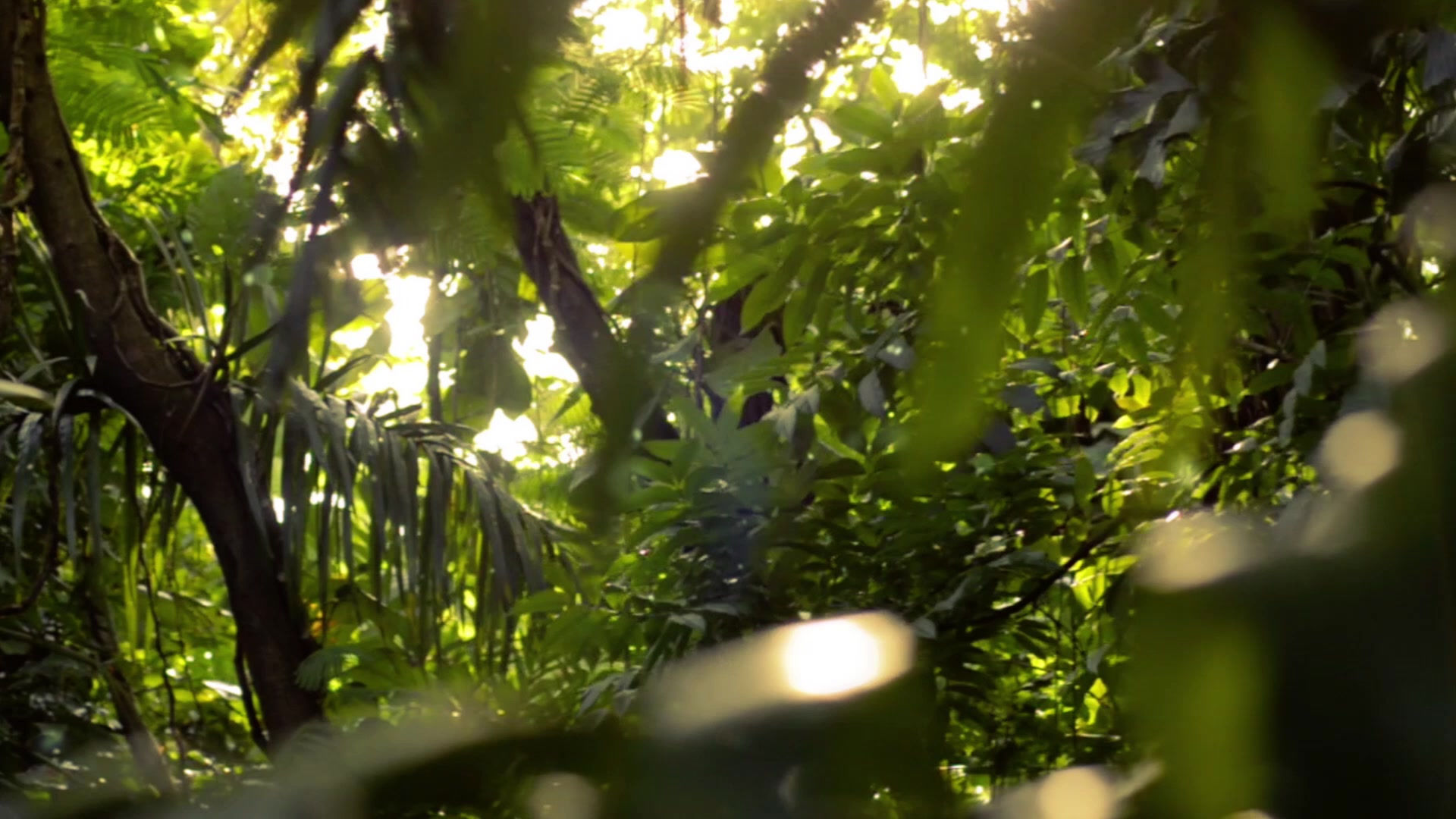
Staking and Supporting the Golden Mustache
The Golden Mustache plant is a vine, spreading using long runners. Due to its nature as a vine, the stem is unable to thicken once it grows, and will not be able to support a tall plant alone. If you choose to grow your plants vertically, make sure to stake the plant, or find some other way to support it, and it will grow beautifully!
When to Stake
The Golden Mustache plant will be able to support its own weight until it reaches a height of aprox. 40 centimeters (15 inches). Furthermore, any 30-40cm section of the plant will be able to support itself, even if it is not the bottom 40cm. Make sure to insert a stake into your container when the plant is about this height, or if it appears to be too weak to support itself, sooner.
How to Stake the plant (at first)
When your plant is tall enough, take a thin stake and carefully insert it straight down into the soil, ideally 3-6cm (1.5-2.5in) from the plant. Then, take 1-2 ties (below) and carefully tie the plant about 1/3 of the way up and a second one 2/3-3/4 of the way up. Congrats, your plant is now able to stand up again!
Stake Sizes (and Alternate Supports)

5mm to 1cm diameter stakes
Perfect for shorter and lighter plants. Also good for stake extensions (below) Ideal height for these stakes is 3ft or 1m.

2cm to 5cm stakes
Perfect for plants that have outgrown their first container and stick, and for plants over 50cm tall. Ideal height for these is 6 to 9 ft (1.5-2m)

Over 5cm diameter
You will rarely need stakes of this width. Perfect for very tall plants and for pots with many plants. Img source: http://www.myplantshop.eu/Exclusive%20accessories


Creative Solutions
Often, regular stakes are not enough to hold up the magnificent Golden Mustache plant. In that case, some creative solutions may be required. For example, you may need to tie your plant to your bedpost, as I did, or you may need to suspend the plants from the curtain mechanism (not recommended). You can tie your plants to almost anything that has grip, doesn't move or sway, and is strong enough to support your plants.
What is the best type of Stake?

The type of stake that you choose is up to you and your garden. Wooden stakes (left) have the advantage of being very grippy and strong, but have the disadvantage of rotting very quickly. Bamboo stakes (far right) are not as strong as wood, and have less grip, but will not rot. Finally, metal stakes (middle) are the least healthy for your soil, but are very grippy, strong, and do not rot. Personally, I prefer metal, due to its strength and ease of use.
Stake Extensions
Once your plant has outgrown its stake, you also have the option of extending the stake by taping or tying a second one to the top of the first. I recommend extending the stake only if the buried stake is at least 2cm in thickness, and only if it has not fallen over yet.
Tying your plants
Tying your plants is very easy and self-explanatory. Carefully wrap the tie around the stake, make a knot, and then wrap the 2 loose ends around the plant, and carefully make a knot. Make sure to tie the plant from the bottom-up if multiple knots are required, to insure that the plant does not collapse under its own weight.
The best type of tie is made by cutting up old shirts or rags, as they will not damage your plants.


An example of a stake extension, where a thin bamboo stake was taped onto a 1.5cm wooden stake to extend its height.
A plant tied to a bamboo stake. The tie is made from my old pajamas!